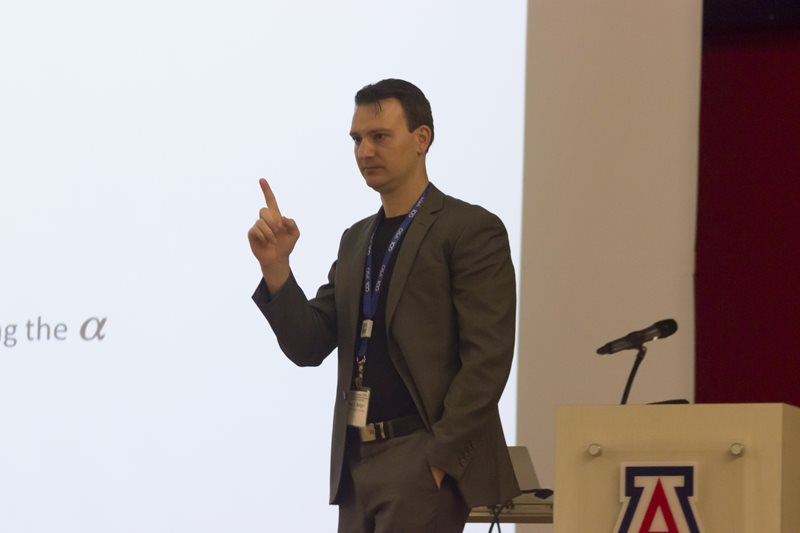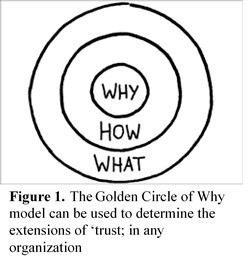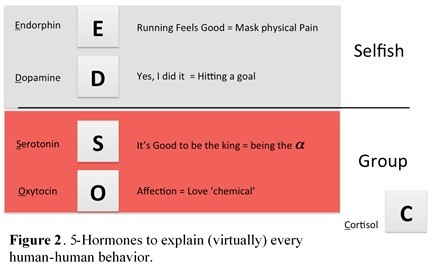From Engineer to Career: How to Become a Successful Professional
From Engineer to Career: How to Become a Successful Professional
Volker Sorger, George Washington University

Every student is concerned with one and the same detail: to get a good job and be a successful professional. The Arizona chapter invited me to not talk about my groups nanophotonic research which focuses on novel opto-electronic device physics, emerging material such as TMDs and TCOs, and plasmonics. Here, I was asked to talk about what it takes to be successful after graduation. I broke this question down into thee aspects:
- Knowing the Rules
- Knowing Yourself
- Starting your Path
Rule #1 – Trust: surrounding us is constant danger. Back 100,000 years ago that was food scarcity, weather, animals, neighboring tribes, etc. Today, it is my competitors, competition over resources, changing policies, shortness of capital or human skillsets etc. Hence we developed the concept of a ‘herd’, a conglomeration of humans who trust and protect each other. This later became the family, and is now often the firm/company/co-workers. So, in the end we all look for a herd where we trust another and fit in. But trust is not given, it is earned. Since trust goes both ways, similar to dating, both parties explore a possible bond (or entree to the ‘herd’ from a candidate’s point of view).
Rule #2 – Golden Circle of Why (Fig. 1): This concept describes a circle how far the circle-of-trust extends. Some companies extend this to the youngest employee, some others guard it in layers. For the latter, compartmentalized information restrictions are often adhered to. Since dating and interviewing is a 2-way street, it is important to feel-out the organization one is applying to. Additionally, this model can be used to explain why certain companies are more successful than others; many companies argue from the outside-in, going from the clearest to the fuzziest. However, those companies who win their employees for believing what they believe (the inner ‘Why’ or ‘soul’ of a company) have employees who work not only for the paycheck, but for the same believes, and hence with their sweat and tears.

Rule #3 – 5-Hormones to explain all human-human Interactions: The existence of all these hormones can be explained anthropologically (Fig. 2). They are part of our human-animal heritage, and knowing their origin and what role they play can be powerful tool in the professional world.

Endorphin for example masks physical pain. We are still sore from the gym or long run yesterday, but yet we come back for more again and again. Dopamine is the good-feel when completing something or checking things off a to-do list. Serotonin is the leadership chemical, and makes us want to be the alpha dog in the pack. It’s good to be the king! Why? Because of first choice of meat and mate. However, what even some leaders do not realize is that the herd does not give this privilege away for free. It expects something in return; that is, if danger threatens coming such as the neighboring herd attacking, then the we expect those who are actually well fed, have bigger ‘muscles’ and who are full of ‘feeling-the-power’, that those go out and fight/advert the danger hence protect the herd. The anthropological definition of leadership is Loss of Self interest. If this ancient social contract between humans gets violated, people occupy wall street. Therefore, serotonin is the leadership hormone. Oxytocin is the love and affection hormone; we know it all, that butterfly feeling when we fall in love. We talk to a stranger on the plane and once we introduced yourself and shook hands we actually trust the other person more. When humans shake hands we physically exchange oxytocin. These 4 hormones fall into the selfish and the social or group classes. The former can be gained by oneself, the latter two only in conjunction with others, explaining the human need for social interactions. The 5th hormone, cortisol is a negative stress hormone, which is released, for instance, when I don’t trust my coworker or neighbor; I am feeling being watched or I am watchful all the time – in short I feel under pressure. This is a hormone that is to be avoided at all times in a professional setting.
Once we know these human-interaction rules, we need to know ourselves in order to be ready for professional dating, i.e. job-hunting. There are many personality tests available and the Meyer-Briggs test is somewhat comprehensive. It is important however to clarify, however, that whatever personality type the computer offers after completing the test, is just a snapshot and model of myself in time. People change, and we should re-evaluate ourselves every now and then. As for myself, for instance, I stepped through 3 different personality MB profiles in my career already. A student came to me after the presentation stating that she felt revealed by this, because she felt pressed into one profile is rather limiting leaving only narrow options.
Since innovation is important in optical sciences, we talked about the concept of 10-faces of innovation after a book by Tom Kelley, founder of IDEO. The book shows that innovative concepts and human progress can be achieved in many different ways, and we should explore our own style(s). Knowing oneself also connects to power-posing after Amy Cuddy’s successful TED talk. Since there are power-poses there are also inferior poses. For students entering the work-force usually at the bottom of the seniority pyramid, these non-verbal positions can give useful hints and clues about other people, and ourselves. The origin of power-poses are, of course, found in the animal world, where poses are keys to attract or intimidate. It is surprising to see how much of this is still in humans today, and that is actually plays a not unimportant role in professional settings despite our cognitive and rational abilities.
Lastly, we know the overwhelming feeling of seeing a large hill in front of us, and do not know where or how to start. Recent graduates are at this stage; while they may be full of dopamine and serotonin from having completed their degree, they might feel small as they enter the low-seniority ranks in a professional workforce. Here, it is important to recognize that they are not starting from zero but actually have started many years ago, and as such are way underway. I challenged the students to think about where they want to be in 10 years. More importantly what kind of job they would be intrigued about. The answer is not to be given as a job title, but rather in a describine the job; who are your co-workers, what is the industry sector of the firm, what is the purpose/soul of the company, what type of business (profit/non-profit/government…) etc. Furthermore, I introduced the concept of ‘reverse engineering a career’. Here one would ask, who are the people who do have my dream job right now. Once the answer is known, then the advise is to talk to these individuals, to learn from them, and to explore winning them as one’s mentor. It turns about that we do like to talk about ourselves, and (potential) mentors are often willing to share they own paths and stories with apprentices.
In summary, getting-the-job is rather similar to dating. It is driven by similar laws and forces that govern human-human interactions. As such it is key to not collect business cards, or to make acquaintances, but to offer help and make friends instead. This however requires to actively listen but also know one owns capabilities and limitation. Happy Job-Dating.
